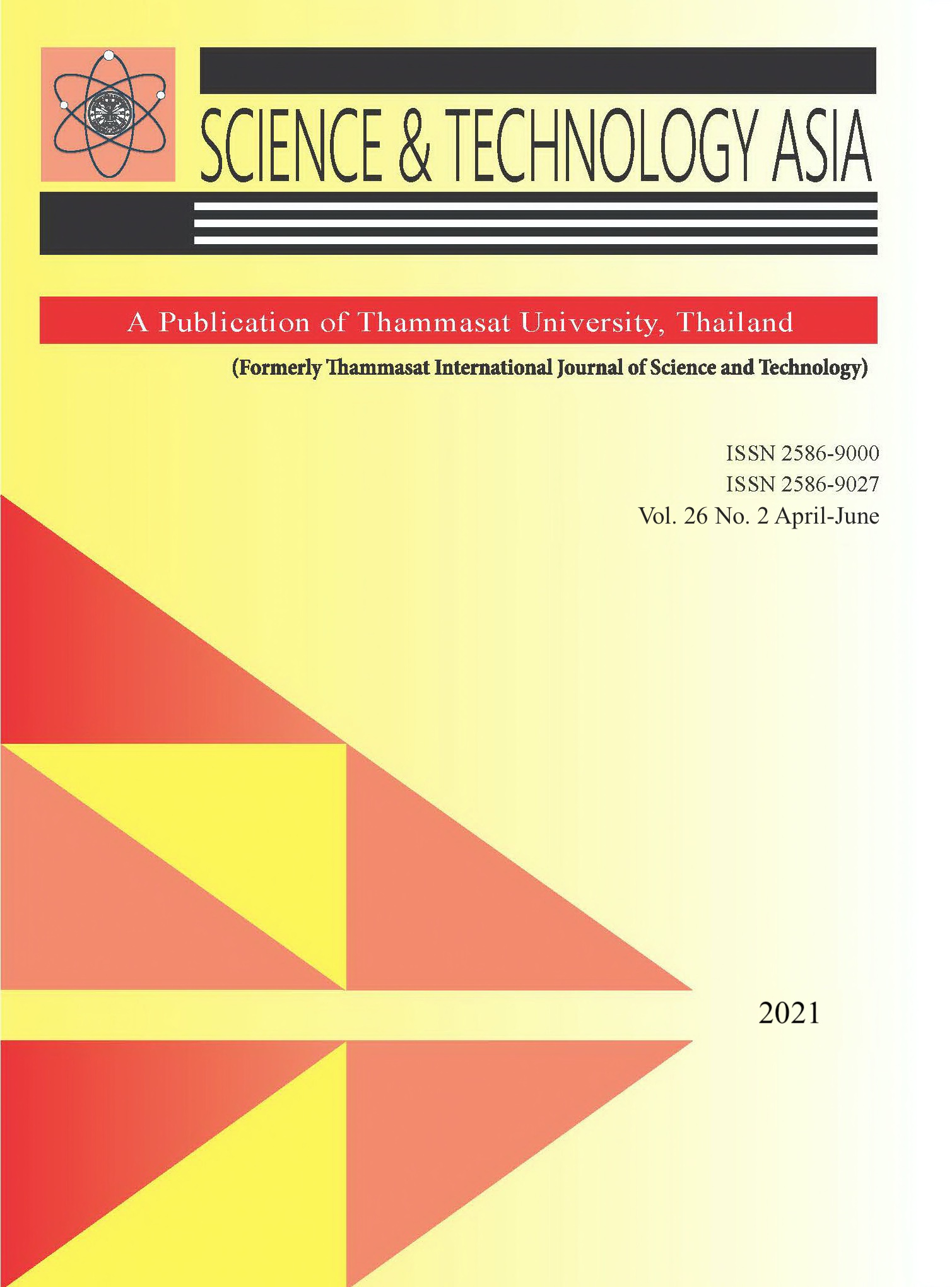Effects of Short Term UVB and UVC Irradiation on Hydroxyphenylpyruvate Reductase Expression and Rosmarinic Acid Accumulation in Orthosiphon aristatus
Main Article Content
Abstract
Ultraviolet (UV) light is one of the abiotic stresses experienced by plants. Generally, UV irradiation can affect the growth and development of plants and radiation above ambient level can cause the activation of plant stress responses through the self-protective secondary metabolism system. One of the products of these responses is rosmarinic acid, which is an important secondary metabolite in the medicinal plant, Orthosiphon aristatus. Rosmarinic acid exhibits many pharmacological and biological properties such as antioxidant, anticancer, antiviral, antibacterial, and anti-inflammatory activity, as well as other health promoting properties. The biosynthesis of rosmarinic acid involves two derived pathways, which are phenylpropanoid, and tyrosine derived pathways. Hydroxyphenylpyruvate reductase (hppr) is an enzyme involved in the tyrosine-derived pathway. In this study, we investigated the effects of short-term UVB and UVC treatments on the biosynthesis of rosmarinic acid and hppr gene expression. High performance liquid chromatography and quantitative real time polymerase chain reaction were used. The results showed that rosmarinic acid content increased within one hour of both UVB and UVC exposures, and declined after one-hour post-exposure. On the other hand, hppr expression was down regulated upon UVB and UVC treatments. Meanwhile, the expression of hppr showed a negative correlation to rosmarinic acid accumulation.


